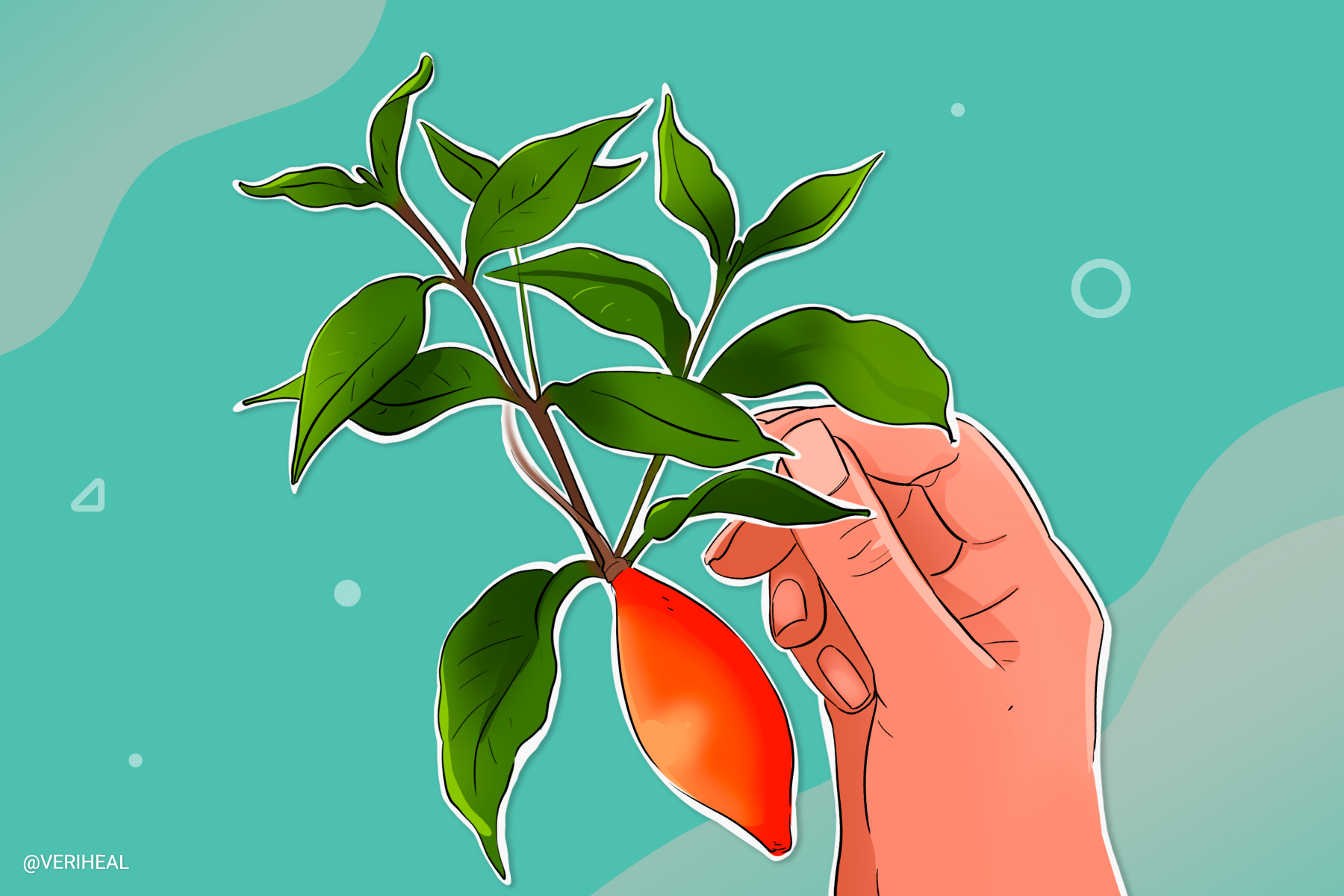With psychedelic therapy becoming more accessible, it’s wise to become educated on the many varieties and types that are available. While most people are aware of psychedelics such as magic mushrooms, LSD, and ketamine, there are other types that many don’t know about. Ibogaine is a therapy that many are utilizing but it’s not as mainstream.
The Global Ibogaine Therapy Alliance explains that Ibogaine is a naturally occurring psychoactive substance that possesses several benefits. This psychoactive substance is sourced from a number of plants but is particularly sourced from the bark of a shrub called Tabernanthe iboga, a member of the Apocynaceae plant family. Ibogaine has been traditionally used by communities in West Africa for ritual and healing purposes.
The History of Ibogaine
Ibogaine originates in the West Central African jungles and is now becoming a powerful modern medicine in many locations. Experience Ibogaine Treatment Centers explain that ibogaine was originally discovered by a Pygmy tribe who then passed on their knowledge to the Bwiti tribe. French explorers who were mapping out sections of Africa learned about the properties of ibogaine from the Bwiti tribe and then brought the substance into Europe around the 1900s.
France then marketed ibogaine under the name Lambarène where it was primarily consumed as a stimulant – which has continued up to the present day. The Bwiti tribe healers used ibogaine as a means of communication with spirits and ancestors. Additionally, the entire tribe would consume small doses of ibogaine in order to cure physical ailments including impotency, mental illness, addiction, stomach ache, liver disorders, and fever. Whereas the healer would take larger doses and would then experience a kind of waking dream, in which they would be visited by ancestors and others from the spiritual world. This was done in order to gain a more potent connection to the spirits.
Some of the African population believe that the Bwiti and Pygmy tribes had a connection to the biblical Garden of Eden and that iboga is associated with the Tree of Knowledge. Anthropologists have supported this belief as they identified the source of all humanity to be located between Kenya and Gabon. The Bwiti religion has since spread and is now considered to be one of the most important religious practices in the whole of Africa. This religious practice involves regular use of ibogaine as it induces a psychoactive state and promotes a sense of spiritualism. In 1962, a regular heroin user named Howard Lotsof found that ibogaine could be used as a psychoactive recreational substance, which relieved his heroin withdrawal symptoms. He then asked friends of his to take ibogaine, who also reported no further withdrawal symptoms. Since then Mr. Lotsof formed the Global Ibogaine Therapy Alliance where they advocate for and study the powerful healing properties of ibogaine.
More About Ibogaine
When ibogaine is consumed in lower doses, it acts as a stimulant that increases energy and decreases fatigue. When consumed in larger doses, the substance produces an oneirogenic effect. An oneirogenic effect is when the consumer enters a dream-like state while still being awake- which includes closed-eye imagery and retrieval of repressed memories.
Additionally, a psychologist named Claudio Naranjo used the substance in sessions with patients in 1960’s Chile. He found that the substances helped people view difficult experiences in an objective way. It also helped facilitate the closure of unresolved emotional conflicts. Mr. Lotsof also found that the substance was also able to interrupt his physiological dependence on heroin as it took away his cravings and left him with no withdrawal symptoms. Since then, he has devoted his life to the development of ibogaine as prescription medicine.
According to the Global Ibogaine Alliance, Ibogaine includes benefits such as (3):
- Mitigating withdrawal symptoms and cravings
- Interrupting addiction
- Detoxification
- Boosts energy
- Neuroprotective
- Reducing fever
- Simulates the increase of glial cell line-derived neurotrophic factor (GDNF), which stimulates the growth of new neurons.
- Facilitates objectivity and resolution of difficult experiences and emotional conflicts
- Increasing fertility
- Reducing viral load counts for Hepatitis C
- Stimulates personal and spiritual growth
- Anti-depressive
It should be noted that there is not enough research to support many of these benefits as funding has been withdrawn from studies due to the illicit classification of the substance. In the same light, these benefits have been experienced by consumers, making them anecdotal reports of benefits.
How Is Ibogaine Consumed?
As far as dosing, a therapeutic ibogaine dose depends on factors such as one’s age, health, and weight amongst others. Therapeutic dosages can start at 5-8 mg/kg and slowly titrated up as the patient gets acclimated to the experience (1). The substance is commonly taken orally or in the form of a suppository. Ibogaine should be consumed under the supervision of a medical professional or healer with solid experience in ibogaine use. It should also be known that the effects of ibogaine can last up to 36 hours so it is certainly best to consume in a controlled and safe environment for the duration of the experience. The substance can be consumed in one of three forms which include:
- Purified ibogaine hydrochloride: this method requires the psychoactive compounds to be pulled from the root bark of the plant and has a rapid onset because it’s quickly metabolized. Medical professionals that specialize in ibogaine therapy often prefer this method.
- Full-spectrum total alkaloid extracts: This method has a slower onset and gentler effects and can be used in conjunction with the hydrochloride form as a way to help boost the effects. However, a purified form of the total alkaloid extract is reported to be more powerful than the hydrochloride form.
- Ingesting raw iboga root bark: This method has a gradual onset and the effects last significantly longer. It’s often used as an introduction to the plant but is not recommended for detox purposes due to the bitter taste and the amount required for ingestion. Consuming the raw bark of the iboga plant is primarily utilized for religious ceremonies or non-medical spiritual experiences.
Therapeutic Settings
Simply put, ibogaine is most commonly used for substance abuse therapy. Unfortunately, many studies have seized their investigation into this means of therapy due to concerns over cardiotoxicity which may be caused by ibogaine. Cardiotoxicity is when the heart muscle sustains damage to the point where it has difficulty in pumping blood throughout the body. Similar to the benefits, there is not enough research to support ibogaine as a source of cardiotoxicity. Some researchers think it could potentiate opioid effects if co-administered, and mask alcohol withdrawal symptoms that require immediate intervention to prevent life-threatening seizures. Even with such concerns, there are ibogaine treatment clinics located in Mexico, Canada, the Netherlands, South Africa, Costa Rica, and New Zealand. There are also several illegal channels that are known to exist, particularly in the United States.
Ibogaine is considered to be the “dark African jewel” which “has many facets as yet unseen and unexplored by many.” The substance is known to be a “unique, deep and cleansing plant, powerful, but with a soft touch.” Unfortunately, until the concerns over cardiotoxicity are addressed, it is best that consumers of ibogaine do so with caution, sparingly, and with the assistance of professionals with experience.
Note: Veriheal does not support illegally consuming alternative therapeutic substances such as ibogaine but acknowledges that it transpires because of the current illicit status, which we strive to change by advocating for research, legal access, and responsible consumption. Always consult a physician before attempting psychedelic therapy.
Author, Share & Comments
















